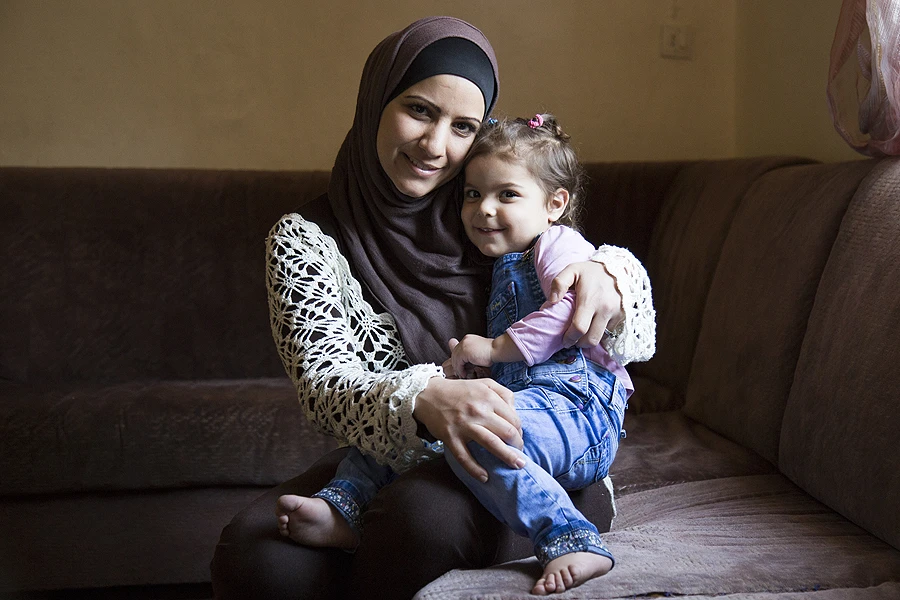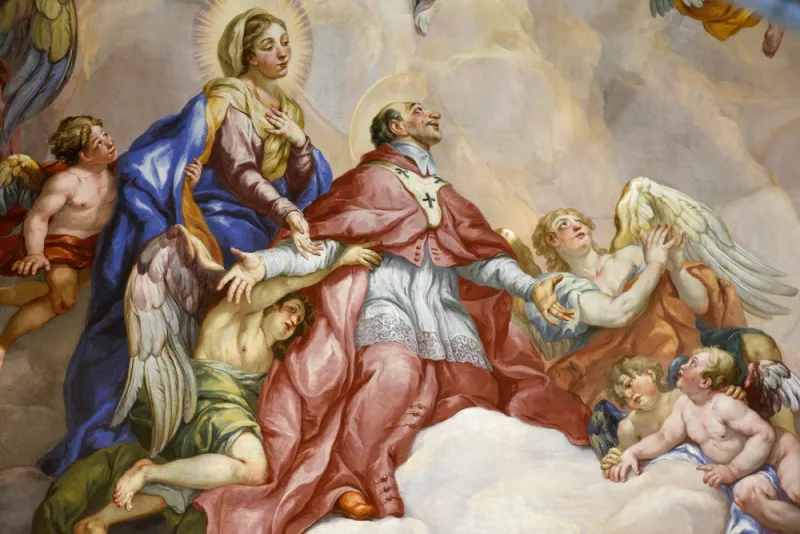
Washington D.C., Jun 21, 2018 / 04:26 pm (CNA/EWTN News).- The Catholic Church has resettled nearly one-third of all refugees received by the United States since 1980 through a public-private partnership with a high rate of successful integration of refugees into society, according to a report released in June 2018.
The Center for Migration Studies report examines data on 1.1 million of the refugees resettled in the U.S. from 1987 to 2016. These refugees came from more than 30 countries, including Ukraine, Iraq, Vietnam, Somalia, Bosnia and Burma.
“What we've found is that they are integrating, contributing, and accomplishing a lot in the United States after starting from basically nothing. Not surprisingly, we found that refugees with the longest residence have integrated the most fully in the country, and we provide statistics on how that progresses over time,” said Donald Kerwin, the primary author of the report, at a World Refugee Day event at the U.S. Capitol building.
Frances McBrayer has seen this successful integration firsthand in her experience as senior director of refugee services of Catholic Charities Atlanta.
“More than 90 percent of the refugees that we have resettled through Catholic Charities Atlanta were self-sufficient in 2017 within 6 months of arrival,” said McBrayer at the June 20 event.
“That means they are working, paying their own bills, and they are not receiving government cash assistance,” she continued.
This rapid success can be partially attributed to the committed volunteer efforts of local communities, according to McBrayer, who said that Catholic Charities Atlanta had 874 volunteers working with refugees last year.
Parish volunteers are matched with incoming refugee families, whom they accompany in everything from English practice and job applications to American grocery shopping.
In partnership with its affiliates, the U.S. bishops’ Migration and Refugee Services resettles approximately 30 percent of refugees arriving in the U.S. each year through a network of more than 100 diocesan offices.
“In the United States, we offer a model public-private partnership,” said Ashley Feasley, director of migration policy for the U.S. bishops, at a congressional briefing co-hosted by Catholic Charities USA, Catholic Relief Services, and the U.S. bishops conference.
The U.S. also has one of the safest refugee programs in the world, Feasley said, as each refugee is required to go through extensive vetting, including a series of very rigorous interviews by the Department of Homeland Security.
“They will have their information checked by the FBI. They will have their information checked by the NSA. They will have much of their biographical information verified as well as going through a security check and a health check. All of this will occur before a refugee is ever finally selected to be admitted to the United States.”
Feasley explained how the U.S. refugee resettlement program as we know it today emerged out of the ad hoc charitable actions of faith-based groups in response to the Vietnam War. As a result, Congress passed the Refugee Act in 1980, which laid out a definition of who counts as a refugee and how resettlement would work.
The American Catholic involvement with refugee resettlement dates back even earlier, as documented in an archive exhibit at The Catholic University of America on the American Catholic Church’s refugee aid from the late 1930s to early 1950s.
Despite this history, the U.S. is on pace this year to resettle the lowest number of refugees in the history of the U.S. Refugee Admissions Program, according to the 2018 CMS report.
There are currently some 25.4 million refugees worldwide who have fled their countries to escape conflict or persecution, according to statistics released by the UN refugee agency on June 19. This constitutes the largest increase in refugees in a single year that the UN has ever documented.
If you value the news and views Catholic World Report provides, please consider donating to support our efforts. Your contribution will help us continue to make CWR available to all readers worldwide for free, without a subscription. Thank you for your generosity!
Click here for more information on donating to CWR. Click here to sign up for our newsletter.




““That means they are working, paying their own bills, and they are not receiving government cash assistance,” she continued.”
And what of their assimilation to American culture? Or their adoption of an American identity that goes beyond civic nationalism?